
10-11am, July 22, 2025 Zoom
The term sustainability has become burdened with expectations of accurate reporting in corporate sustainability reports or diluted by vague social goals related to existence on Earth for a long time. While promoting sustainable practices in semiconductor manufacturing is critically important, it might be helpful to update our vocabulary and position the industry for success. To that end, transformational actions are needed. Imec has developed a virtual fab for assessing the impact of semiconductor manufacturing on the environment, and this has become a trusted resource for targeting development to address environmental challenges in our industry. What transformational actions should be taken as an industry? More specifically, what is the role for patterning in this transformation? Using the imec.netzero assessments and real process examples from imec’s fab, we highlight some transformational opportunities for the industry.
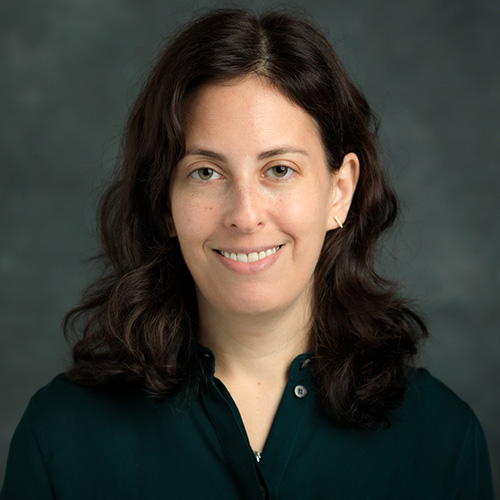
May 27, 2025
Catalyst Diffusion in Chemically Amplified Resists

March 25, 2025
Dry deposition and dry development of metal oxide resist and its extendibility to high NA EUV lithography
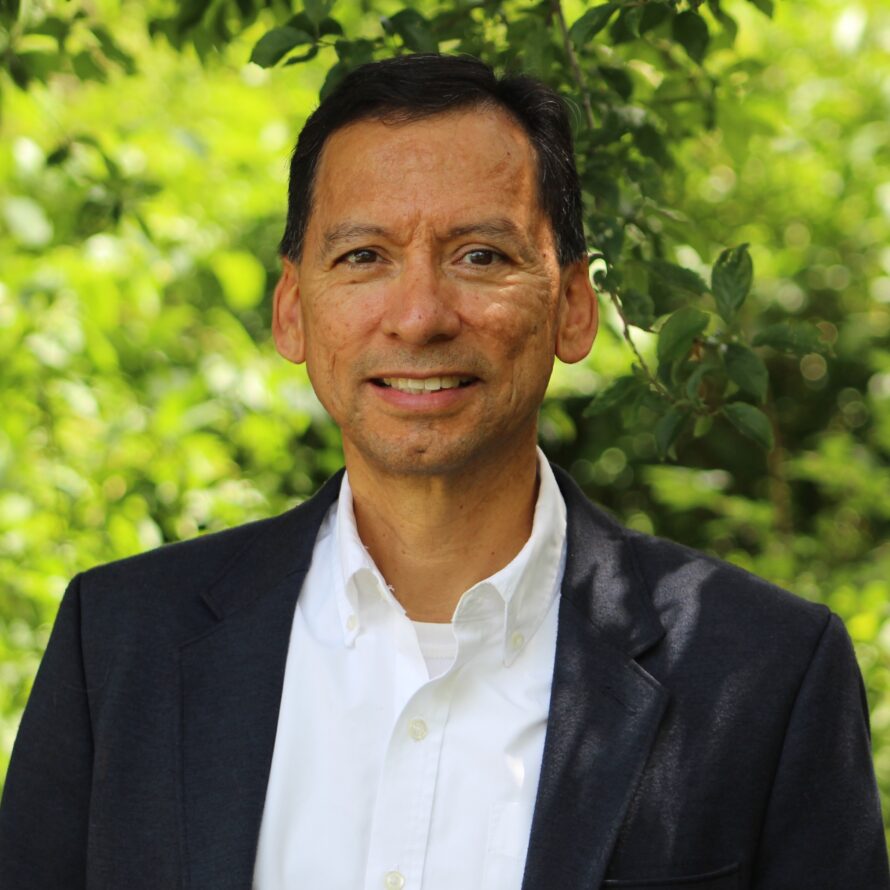
Jan 28, 2025
A more sustainable method to disrupt traditional wafer processing in lithography
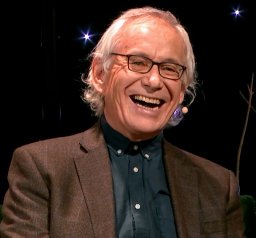
Dec 4, 2024
Probing Extreme Ultraviolet Exposure of Photoresists
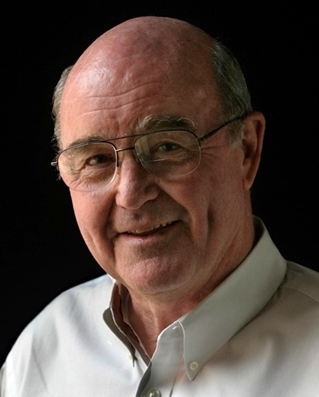
September 25, 2024
Materials for High Resolution Imaging Applications

August 28, 2024
Inhibitor-Free Area-Selective Deposition via Combined Atomic Layer Deposition and Etching
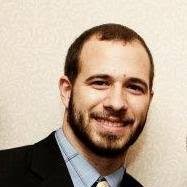
June 26, 2024
Depth Profiling Structure and Orientation in Confined Soft Matter
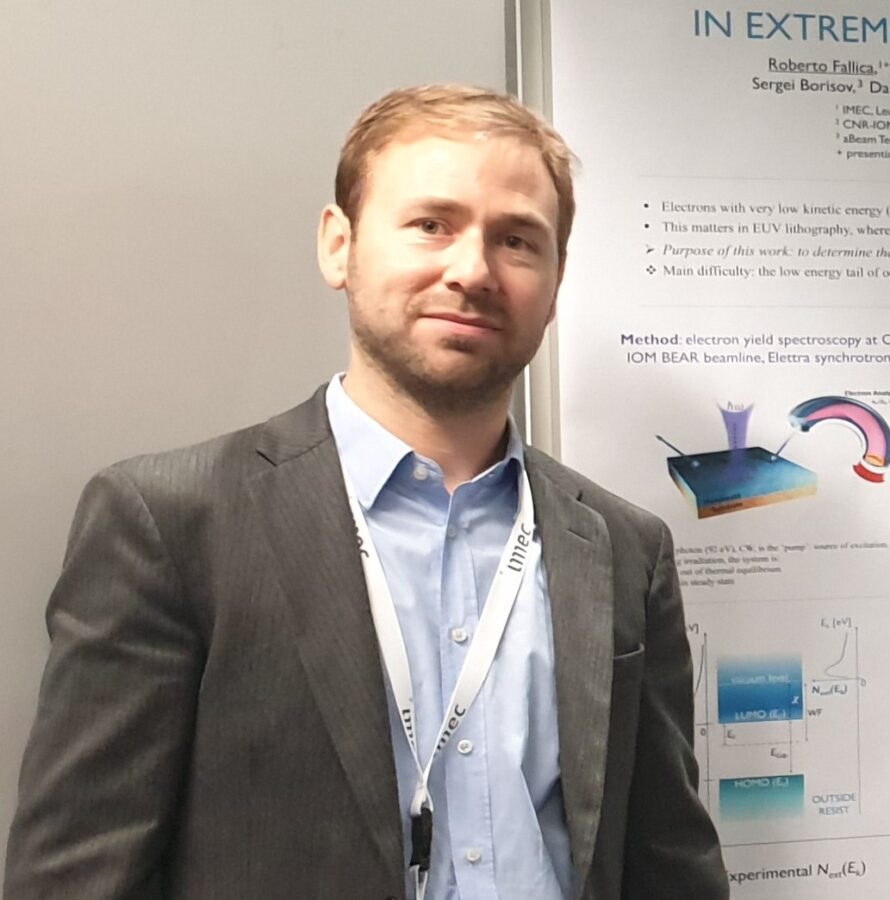
May 22, 2024
Characterization of EUV materials: from well-established to pioneering methods
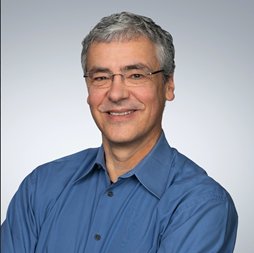
April 24, 2024
Benefits and challenges of phase shift mask technologies in the EUV regime

March 27, 2024
Directed Self-Assembly: a Perspective on Line/Space and Contact Hole Patterning for Logic and Memory Applications
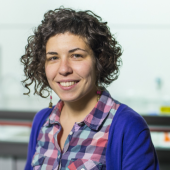
January 24, 2024
The soft side of metal-oxide resists